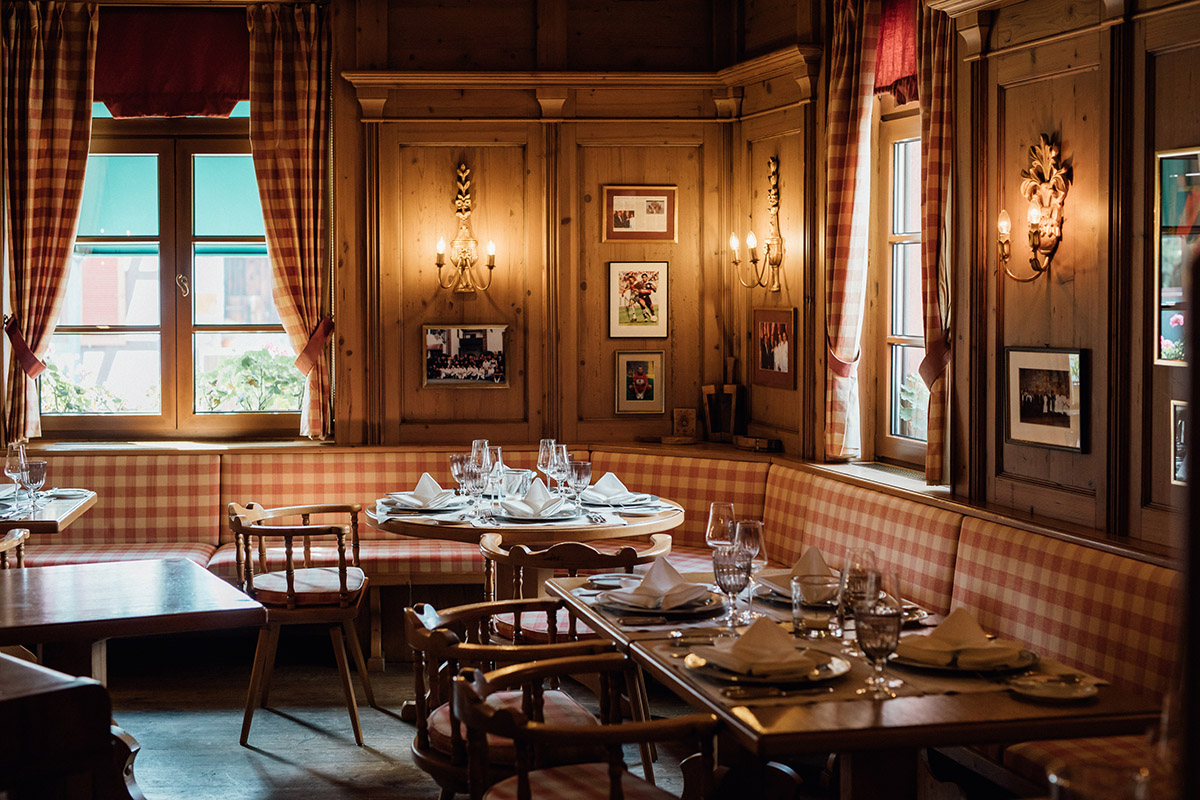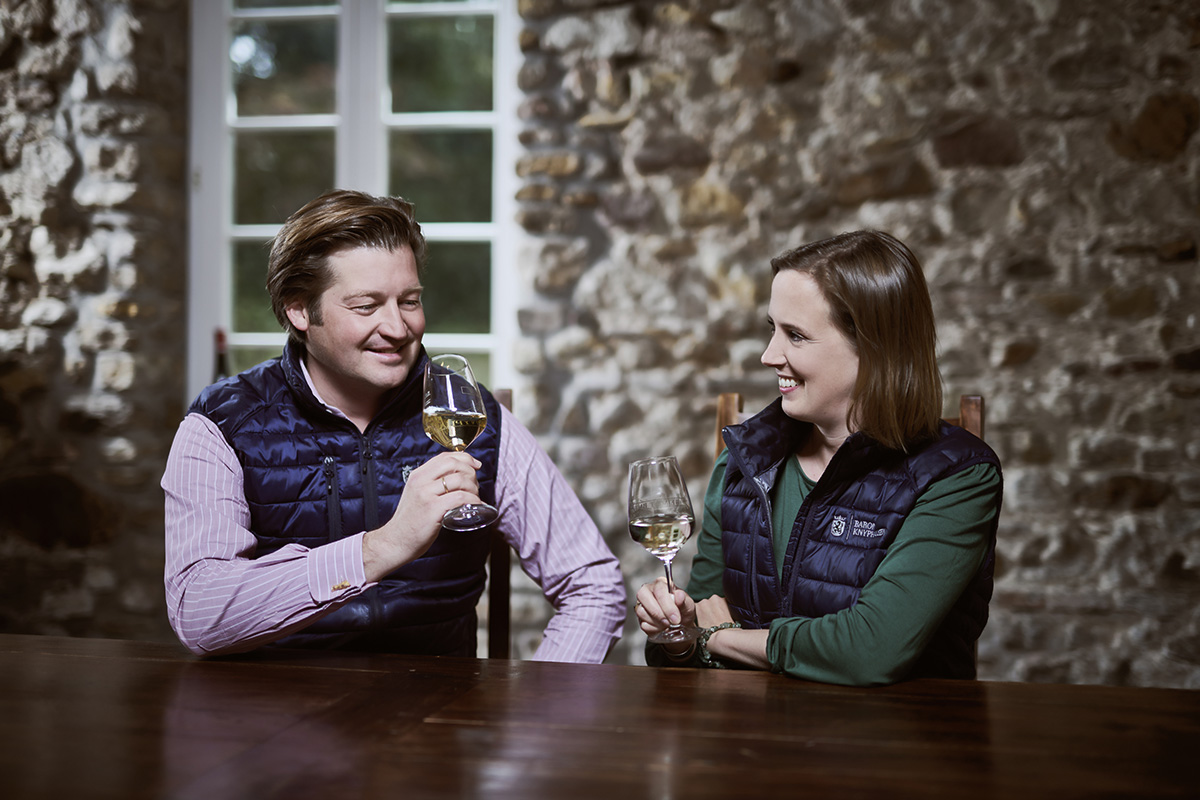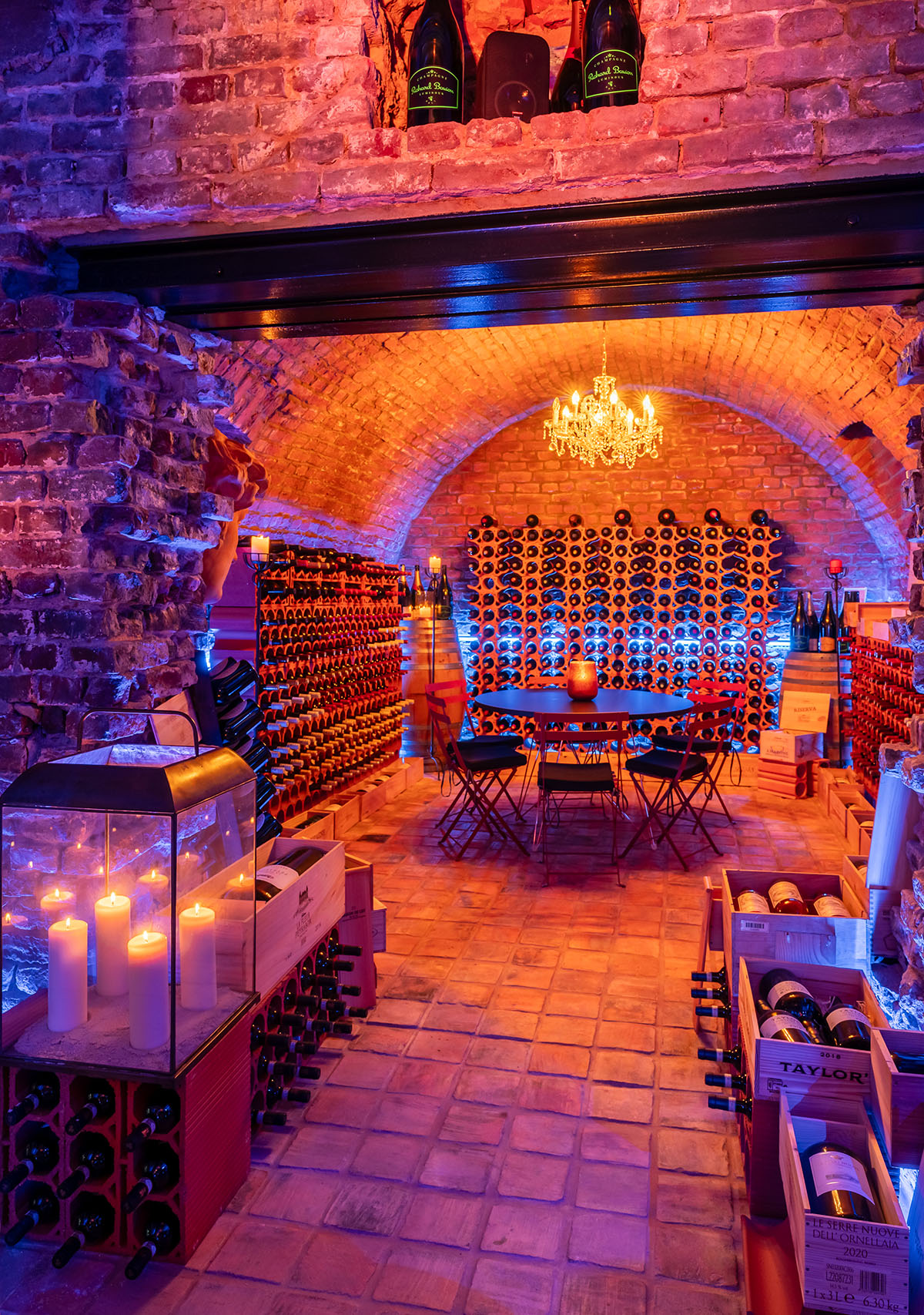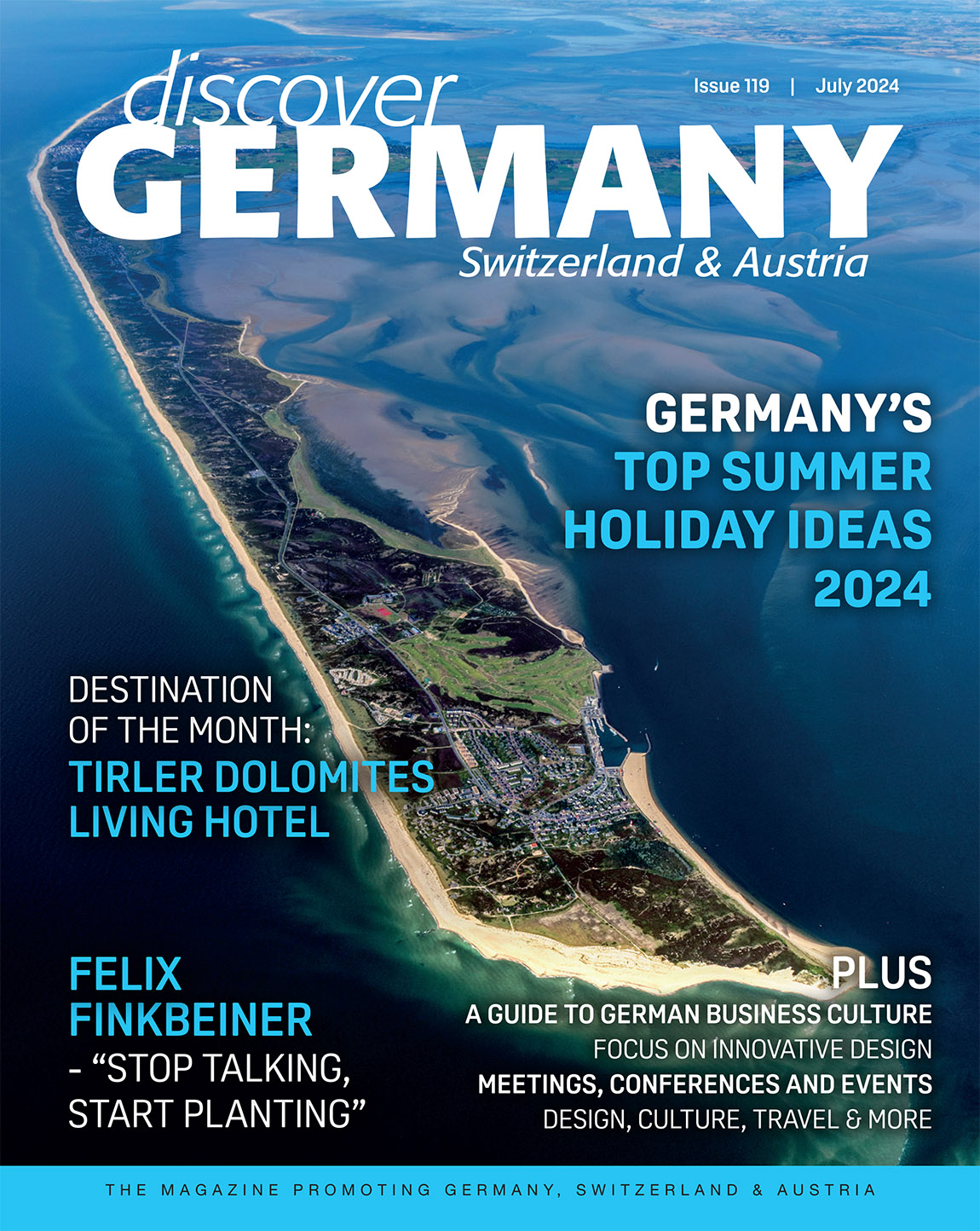BEER HIKING IN FRANCONIA
TEXT & PHOTOS: DANIEL COLE

Everything you wanted to ask about Franconia beer, but were too afraid to ask.
German beer is loved by many from across the globe, the best and richest varieties of which can be found in the region of Franconia. Over the centuries, the region’s history and culture have had an important impact on the region’s brewing practises, changing how we understand and enjoy beer today. In the region’s capital, Nuremberg, one beer connoisseur is making strides in educating newcomers, and sharing his passion for Franconian delights.
Starting outside the St. Lorenz Church in central Nuremberg, Joe Holler can be seen leading small groups of beer enthusiasts throughout the city’s classically styled centre. The local resident began his role taking tourists around the local bars and breweries back in 2019. As a qualified beer sommelier, Holler also offers beer tastings and courses throughout the region, opening up the pallets for those who want to learn more.
“I thought it would be a good opportunity to create something fun,” the budding beer-ambassador explains about starting up his own venture, Beer Hike Nuremberg. “For visitors, it’s an interesting way for them to get an insight into two of the biggest topics in Nurnberg; beer and its history.”

Daniel Cole and Joe Holler.
On the trail in Franconia
Located mainly in northern Bavaria, Franconia is not only a Mecca for beer, it’s also home to some of the most historic and unspoilt towns in Germany – including Würzberg, Bayreuth and the stunning Rothenburg ob der Tauber. The Sprawling fields and countryside helped shape the region’s agricultural output over time and is one of the reasons why Franconia is home to more breweries per square kilometre than other regions in Europe.
Franconia’s stunning landscapes and ancient architecture also provide the perfect backdrop for beer-touring. One can wander between one serene village to the next, discovering new ‘bierkellars’, breweries, and bars. “The area we call Franconian Switzerland, rather close to Nuremberg, is great for hiking,” Holler recommends. “Here, there are a lot of very old, traditional breweries with their own guesthouses.”
The rich variety of beer culture stems back to the Middle Ages, when brewing practises took place mainly in monasteries. Indeed, throughout the region, you can still find many monasteries that continue to make their own beer, such as the one found at the Klosterbrauerei Weißenohe, which is locate just outside of Nuremberg on the Fünf-Seidla-Steig in Franconian Switzerland.
After centuries of mashing together the fresh spring water, regionally grown malt and aromatic hops, the region was able to craft some of the country’s best-known and fragrant beers. It’s not just the ingredients which have played an important role in the area’s cultivation of beer. Franconia is mostly comprised of sandstone, which not only makes for some dramatic geological formations, but allowed locals over time to build extensive cave networks. Throughout time a lot of these underground dwellings were used to cool beer. In Nuremberg, it’s still possible to tour through this protected cave network.

The Beer Styles
“The region offers a huge variety of beer styles, some of them more unique than others,” Holler explains, when asked what makes Franconian beer so special. Whereas Bavaria is often associated with its golden Helles beers, Franconia is best known for its more colourful and flavoured brews. Although not limited to the region, one more often finds ales made here with roasted malts. In Franconia, red ales, Bocks, Dunkels (dark beer), Ungespundetes (unfiltered beers), Keller (cellar) lagers, and Zwickels are synonymous with the region.
“If you go to Bamberg, for instance, there is a different type of smoked beer, unique to the region,” explains Holler, “Making it another great part of Franconia beer history.”
The UNESCO World Heritage town of Bamberg is just under one-hour north of Nuremberg. Synonymous with smoked-beer, one can smell the roasted-malt aromas drifting out across the river. Lying in the centre of the old town, amongst the well-preserved Fachwerk-styled buildings, is the Michaelsberg Abbey. Where once the monks started making beer back in the 12th century, one can now find the Franconian Brewery Museum; the beating heart of the region’s beer culture.
Nuremberg
In the regional capital, Holler makes his way through the city, describing in depth the flavours that one can find in the Franconian beers. Along the way, the beer-hike includes stops at the grand Tucher Mautkeller, and the Bruderherz Brewery. On the weekends, extended outings to the Schanzenbräu and Orca Brau breweries are also available. “It’s still super exciting, that there’s so much variety around,” Holler enthuses, about his passion. With more plans afoot, and new routes to new breweries in Franconia in plan, it seems that variety is the key to the area’s beer history and success.

Beer hikes can be booked through: www.beerhikenuremberg.de
Subscribe to Our Newsletter
Receive our monthly newsletter by email




